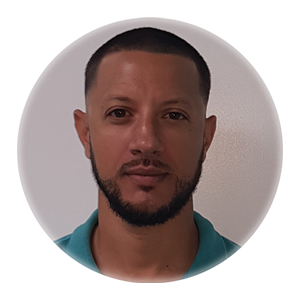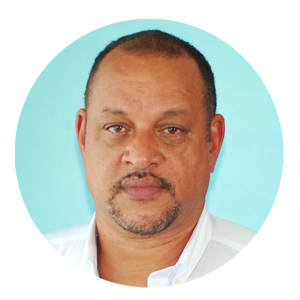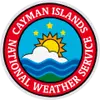

East to northeast at 10 to 15 knots.
Moderate with a wave height of 3 to 5 feet.


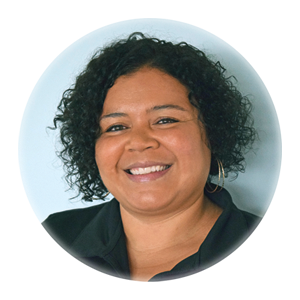
CINWS forecasters meet the World Meteorological Organization (WMO) requirement for a weather forecaster and locally are responsible for two types of forecasts:
The CINWS maintains long-term observational database for monitoring the climatology of the Cayman Islands (Grand Cayman’s dataset is larger than that of the dataset maintained for the Cayman Brac. Forecasters respond to the public request for climatological data from time to time and produce a monthly climatological forecast for the upcoming 3 months.
CINWS has special working relationships with several stakeholders such as the Royal Cayman Islands Police Service (RCIPS), CI Coast Guard (CICG) and Hazard Management Cayman Islands (HMCI) to name a few and we respond to their different request as it relates to their main areas of responsibility whether it be providing weather reports to support investigations, search and rescue missions, or, in the case of HMCI, help the country deal with potential threats of the pre and post impact from tropical storms or hurricanes.

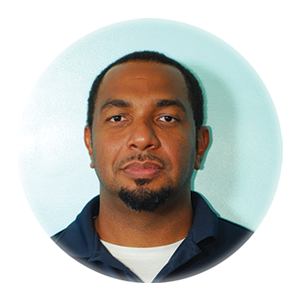


In meteorology the understanding of the weather fundamentally stems from an accurate recording or monitoring of the current weather conditions; and as such Meteorological Observers are task with this important duty. Our Meteorological Observers record the weather conditions on an hourly basis (at some locations, observations are carried out every 30 minutes) and transmit this data internationally for:
Over time, this hourly weather data can be compiled into monthly, yearly averages and extremes; and when reviewed over a 30 year (climatological average), these observations can highlight the changes in the location’s climate. If other nearby locations are also compared a better understanding of the climate changes across the region can be gained.
Additionally, the Observer of the Cayman Islands National Weather Service (CINWS) carry out Weather Balloon (Radiosonde) releases twice daily as part of worldwide selected stations which help meteorologist understand the physical properties of the Atmosphere and are used in NWP models to predict the weather. During the Hurricane season, the US National Hurricane Center may ask for additional Radiosonde release to get a better understanding of upper-level composition which may impact the development of tropical storms and hurricanes.
CINWS Observers have been trained at or by lecturers from the regional World Meteorological Organization (WMO) recognized training institution and meet the WMO basic requirement for this position.





CINWS technical section has the unenviable task of ensuring the multitude of technologies and instruments in use at the weather service are maintained, calibrated annually, and functioning for as long as possible. This responsibility entails dealing with mechanical systems, electronic/computer systems, satellite systems, radio, website, and networking.
When new equipment is needed, the technical section is tasked with managing the procurement process, ensuring proper installation and training is provided. The Technical Section has to collaborate with the Cayman Islands Airport Authority (CIAA) to ensure that all the meteorological equipment used by the air traffic services are functioning and giving accurate readings.
